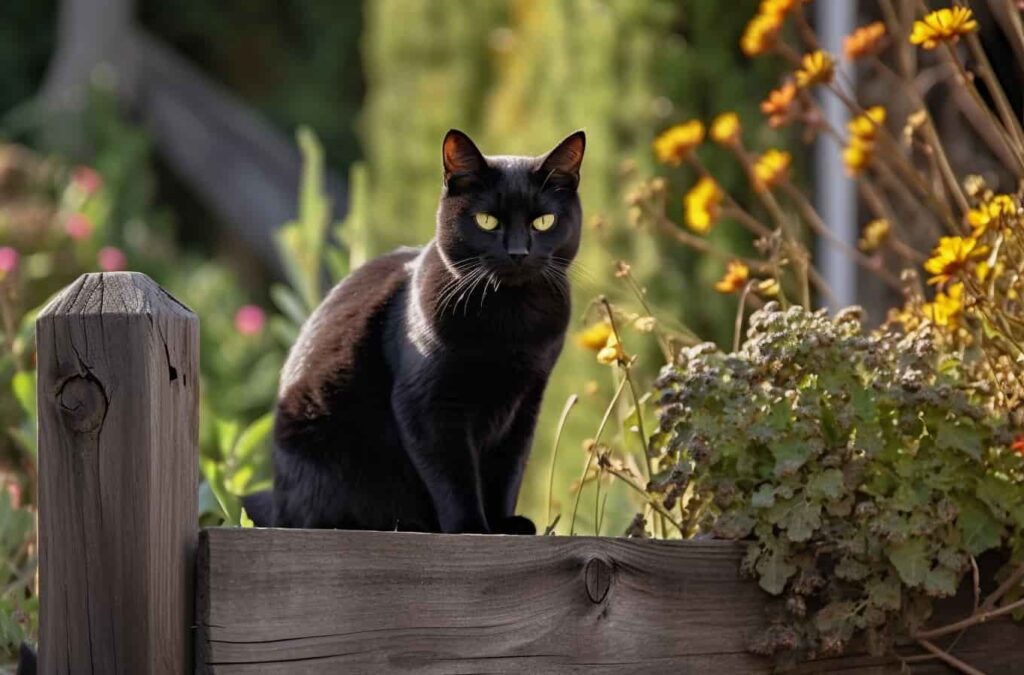Paris, France
Cats and nonverbal communication. Many of us love our cats and wanting to know everything about them. But it turns out that they are sometimes mysterious creatures, especially when it comes to their communication. While it is undeniable that felines use meows to express themselves, non-verbal communication plays an equally important role in their daily lives. In this article, I will explain to you how our cat friends express their emotions without a single meow.
Deciphering feline emotions
As a cat owner myself, I have been intrigued by the various signs and behaviors they display. Therefore, it is essential to learn to decipher their language non-verbal to better understand their needs and feelings. From body language to facial expressions, tails and ears, there are a multitude of cues that help us decode their emotions.
Certainly, it can be difficult to master the non-verbal communication of our felines, but with a little observation and patience, we will be able to establish a connection stronger with them. We will also discuss the different ways to interact with your cat, as well as other aspects related to the lives of our feline friends. So, don't hesitate to read on to learn more about nonverbal communication in cats and what it reveals about their emotions!
The Importance of Nonverbal Communication in Cats
To better understand our felines, it is essential to understand the importance of nonverbal communication in cats. Indeed, cats not only use meows to express their emotions, but also a variety of bodily and behavioral signals. In this section, I will highlight the different aspects of non-verbal communication in our dear companions.
Postures and facial expressions
They are crucial in cat communication. For example, a cat who is relaxed or happy will show the following traits:
- Ears straight and tilted slightly forward
- Tail straight or slightly curved upwards
- Eyes slightly squinted or blinking slowly
The fear
On the other hand, an anxious or frightened cat will show different signals such as:
- Ears flattened against the head
- Tail swollen and erect
- Wide eyes and dilated pupils
It is important to become familiar with these signals to better understand and interact with our feline companions.

Affection or discontent
Nonverbal communication in cats also includes specific behaviors to express affection or displeasure. For example :
- Kneading : an instinctive behavior linked to breastfeeding, a sign of calm and well-being
- Rub marking : Cats mark objects and people with glands located on their face to deposit pheromones, indicating that they feel comfortable and safe in that environment
Additionally, cats use their tails to communicate a multitude of emotions:
- Tail straight and erecte: happiness, interest or curiosity
- Tail whipped from side to side : restlessness or irritation
- Puffy tail : fear or aggression
Finally, it is crucial to understand that each cat is unique and may exhibit variations in the way they communicate. Some cats are more expressive than others, and socialization plays an important role in their nonverbal communication. It is therefore essential to devote time and attention to getting to know the particularities and communication preferences of our own feline.
In short, nonverbal communication in cats is of paramount importance in understanding and responding to their needs and emotions. By paying attention to their postures, facial expressions and behaviors, we can interact more harmoniously with our feline companions and strengthen the bonds that unite us.
Understanding Cat Emotions Through Their Body Language
I discovered that cats are incredibly expressive creatures. They have body language rich in information that allows us to better understand their emotions and needs. Here are some things to observe in your feline to decipher their body language:
- Ears : If your cat's ears are erect and pointed forward, she is probably relaxed and attentive. On the other hand, ears flattened back often indicate a feeling of fear, anxiety or even aggression, for example in the presence of a new cat.
- The eyes : The way a cat squints its eyes can tell us a lot about its mood. Half-closed eyes usually mean he is relaxed and content. However, dilated pupils can be a sign of fear, excitement, or an impending attack.
- Tail : The tail is a great indicator of a cat's overall mood. A straight, erect tail suggests he is happy and confident, while a swollen tail indicates fear or irritation. If your cat is wagging its tail gently, it is probably thinking about something.
- Fur : The condition of the coat can be another clue to understanding what your cat is feeling. A cat with bristly hair is probably trying to appear larger and more threatening. Conversely, a smooth coat often denotes a relaxed and comfortable animal.
It is also important to pay attention to the whole body Of the cat. A relaxed cat will often lie on its side or in an “Egyptian” position. Cats who feel threatened or anxious will instead adopt a lower posture, with their body pressed to the ground.
Here is a summary of the body language signs I mentioned:
| Sign | Emotion |
|---|---|
| Straight ears | Relaxation, attention |
| Flattened ears | Fear, anxiety, aggression |
| Half-closed eyes | Relaxation, contentment |
| Dilated pupils | Fear, excitement, aggression |
| Tail erect | Happiness, confidence |
| Puffy tail | Fear, nervousness |
| bristling hair | Threat, attempt to appear imposing |
| Smooth hair | Relaxation, at ease |
By memorizing these different signals, you will develop a better relationship with your cat, by better understanding their emotional functioning. This way, you will be able to respond appropriately to his needs and create a harmonious environment for him.

Conclusion: strengthen our links with our felines by deciphering their silent communication
It is clear that a better understanding of our cats' non-verbal communication allows us to strengthen our bond with them and respond more effectively to their needs. So, here are some essential things to keep in mind to decipher their silent language:
- Carefully observe the positions of their ears, which can give clues about their emotions.
- Their tails are also essential in the expression of their moods.
- Behaviors such as kneading, purrs or licking informs us about their comfort and well-being.
- Pay attention to their body postures and movements: they often express signals of invitation or warning.
Here are some interesting statistics to illustrate the importance of nonverbal communication in our felines:
| Statistical | Percentage |
|---|---|
| Nonverbal component of language | 65-95% |
| Verbal component of language | 5-35% |
Reference: Mehrabian, A. (1971). Silent Messages, Wadsworth Publishing.
By taking these elements into account, we can improve our understanding of our cats' emotions and interact better with them. Here are some tips for strengthening the bond with our feline friends:
- Stay patient and attentive while observing their behavior.
- Respond to their communication cues, whether positive or negative.
- Provide them with a safe and comfortable environment where they can express themselves freely.
So, by taking the time to observe and analyze our cat friends, we can strengthen our bond with them and understand them better. This attention to non-verbal communication ensures their well-being and helps them flourish in their daily lives. Ultimately, the complicity and love shared between a cat and its human will only be stronger.


